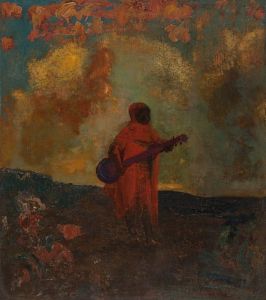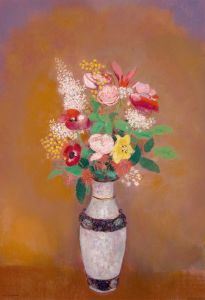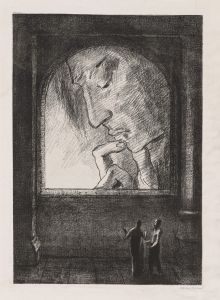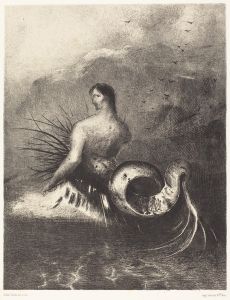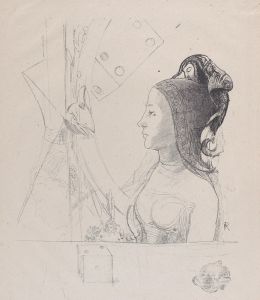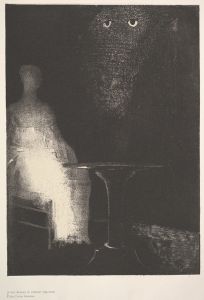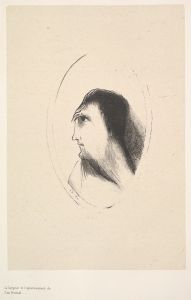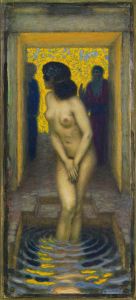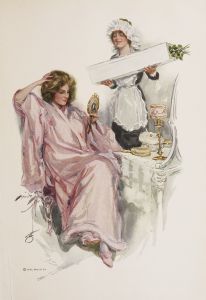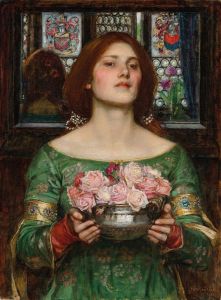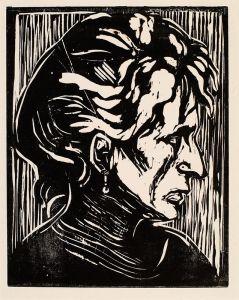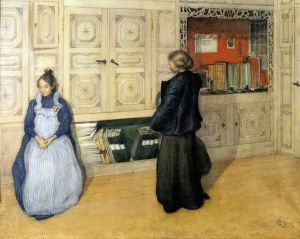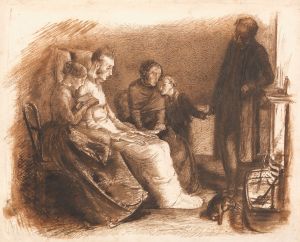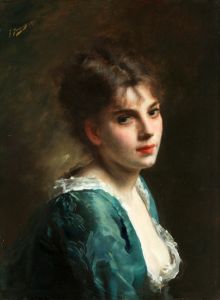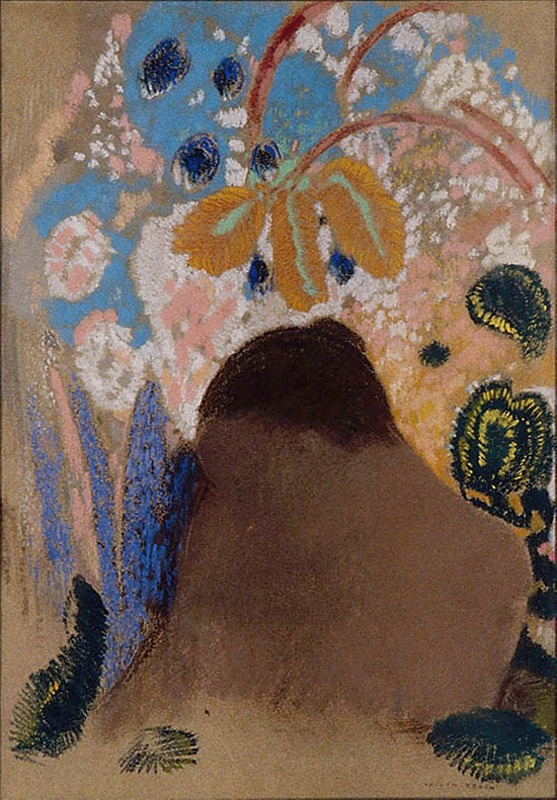
Ophelia
A hand-painted replica of Odilon Redon’s masterpiece Ophelia, meticulously crafted by professional artists to capture the true essence of the original. Each piece is created with museum-quality canvas and rare mineral pigments, carefully painted by experienced artists with delicate brushstrokes and rich, layered colors to perfectly recreate the texture of the original artwork. Unlike machine-printed reproductions, this hand-painted version brings the painting to life, infused with the artist’s emotions and skill in every stroke. Whether for personal collection or home decoration, it instantly elevates the artistic atmosphere of any space.
Odilon Redon, a prominent French symbolist painter, created a work titled "Ophelia" that reflects his unique artistic vision and the broader themes of his oeuvre. Redon, born in 1840 and active until his death in 1916, was known for his dreamlike and often mysterious imagery, which frequently drew upon literary and mythological sources. His interpretation of Ophelia, a character from William Shakespeare's play "Hamlet," is a testament to his interest in exploring the intersection of literature and visual art.
Ophelia is a tragic figure in "Hamlet," known for her descent into madness and subsequent death by drowning. This character has inspired numerous artists over the centuries, each bringing their own interpretation to her story. Redon's version of Ophelia is notable for its ethereal and otherworldly qualities, consistent with his symbolist style, which often emphasized the emotional and spiritual over the literal.
Redon's "Ophelia" is characterized by its use of soft, muted colors and delicate forms, creating a sense of dreamlike unreality. Unlike more literal interpretations of the character's death, Redon's work focuses on the emotional and psychological aspects of Ophelia's story. The painting captures a sense of melancholy and introspection, inviting viewers to contemplate the inner life of the character rather than the external events of the narrative.
Throughout his career, Redon was influenced by a variety of sources, including literature, music, and philosophy. His interest in the works of Edgar Allan Poe, Charles Baudelaire, and Stéphane Mallarmé, among others, informed his approach to art, leading him to create images that evoke a sense of mystery and introspection. In "Ophelia," these influences are evident in the way Redon captures the character's tragic beauty and emotional depth.
Redon's artistic technique in "Ophelia" is also noteworthy. He often employed pastels and lithography, mediums that allowed him to achieve a softness and subtlety in his work. This choice of medium contributes to the painting's dreamlike quality, as the gentle blending of colors and forms creates an atmosphere of quiet contemplation.
The broader context of Redon's work is important to understanding "Ophelia." As a symbolist, Redon was part of a movement that sought to express the ineffable and explore the realms of imagination and spirituality. His art often features fantastical creatures, surreal landscapes, and enigmatic figures, all of which serve to evoke a sense of wonder and introspection. "Ophelia" fits within this context as a work that transcends the literal and invites viewers to engage with the emotional and symbolic dimensions of the character's story.
In summary, Odilon Redon's "Ophelia" is a compelling example of symbolist art, characterized by its ethereal beauty and emotional depth. Through his use of color, form, and medium, Redon captures the tragic essence of Ophelia while inviting viewers to explore the deeper psychological and spiritual themes of her story. This work stands as a testament to Redon's ability to blend literature and visual art, creating images that resonate on multiple levels and continue to inspire contemplation and interpretation.





